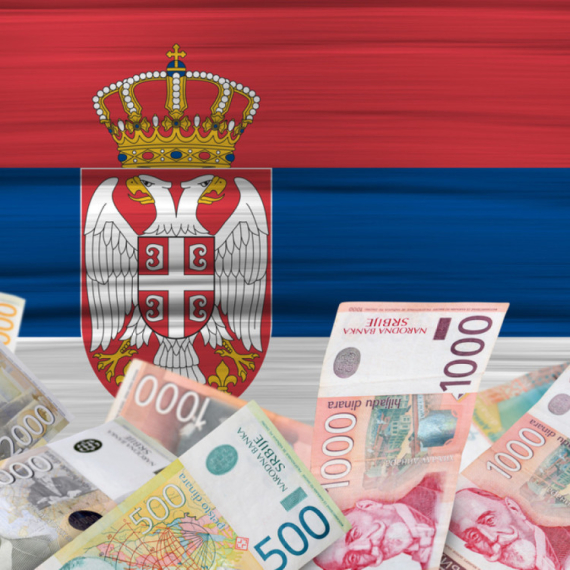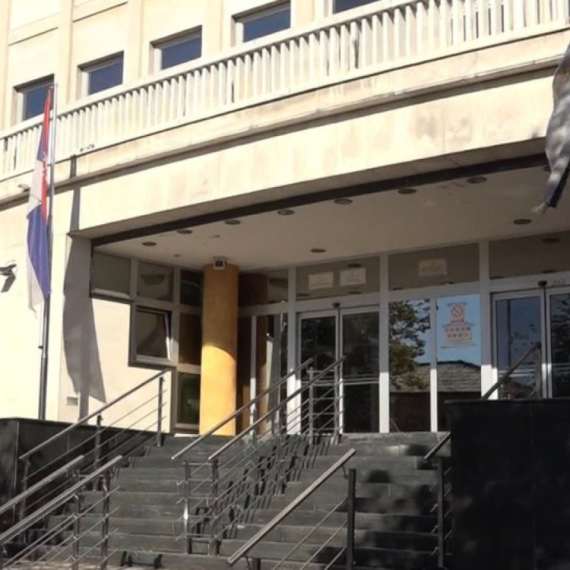World Bank: Serbia to see dynamic growth in 2016
Serbia is expected to see a dynamic growth of up to 1.5 percent next year, experts of the World Bank said on Monday.
Monday, 28.09.2015.
16:29

World Bank: Serbia to see dynamic growth in 2016
Serbia and other South Eastern European countries have returned to the growth zone, the World Bank's country economist in Serbia Lazar Sestovic told a press conference, noting that the economic growth in Serbia would have been higher this year if it had not been for the drought cutting the agricultural output by around ten percent.The World Bank raised its growth forecasts for Serbia to 0.5 percent, revising the forecast made early in the year that the recession in Serbia would continue into 2015.
The economic growth of 1.5 percent projected for next year is still below the potential of the Serbian economy but it is quite realistic, said Sestovic.
"In the mid term, we expect much higher growth rates in Serbia, which could reach the regional average," he added.
The World Bank also reports that the economic activity in the six South Eastern European countries is accelerating, adding that in 2015 the region is expected to see a growth of 1.5 percent on average.
Serbia has halved its fiscal deficit from last year's 7-8 percent of GDP to 4 percent of GDP this year and the deficit could be even lower by the end of this year, World Bank estimates showed.
Serbia is one of the best examples of how significant development and fiscal deficit reduction can be achieved, Sestovic said, noting that the World Bank has revised its estimate of Serbia's economic growth to 0.5 percent this year despite an initial projection of a continuing recession in the country.
Sestovic said that the economic growth has been pushed by private investments and consumption growth.
He said that the fiscal deficit is also expected to drop further in 2016, but not as steeply as in 2015, he noted.
The World Bank forecast is that the deficit will be at 3.5 percent of GDP at the end of next year and 2.5-3 percent at the end of 2017, Sestovic said.
That is a deficit level that ensures sustainability of public debt, Sestovic said.
Serbia is slowly repaying its debts to foreign partners, and the current payment deficit is projected to reach 4 percent of GDP this year, which is a huge success, since this deficit was over 20 percent of GDP before the economic crisis, Sestovic said





















Komentari 2
Pogledaj komentare